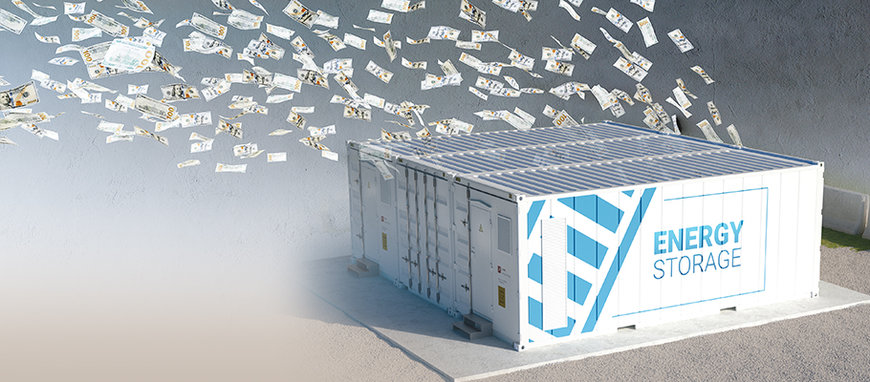www.industry-india.com
02
'23
Written on Modified on
Moxa News
The Hidden Costs: Three Major Challenges Faced by Remote BESS Maintenance
Article by Alvis Chen, Integrated Marketing Manager, Moxa.

In the wake of the global energy revolution, storage technologies like BESS (Battery Energy Storage System) are reshaping our perceptions of power supply. While much of the public's attention is drawn to the initial construction cost (CapEX) of BESS, its operational expenditure (OpEX) stands as a frequently overlooked yet crucial aspect. As investors continue to construct larger BESS facilities, they cannot underestimate the long-term operational costs associated with decades of BESS usage. Here are three financial details to consider:
1. Remote Locations: Difficult Deployment, Access, and Maintenance
Large-scale energy storage sites are often strategically located alongside renewable energy facilities (e.g., wind and solar) or near major power transmission hubs. Many of these sites are in remote, hard-to-reach areas, so frequent breakdowns can drastically increase travel costs and the time required for maintenance teams. Often the time to reach the maintenance site exceeds the repair duration. BESS experts advise integrated monitoring and secure remote connection networks during the initial setup phase. This ensures faster repair times and reduced maintenance costs, whether the teams are in-house or from equipment manufacturers.
2. Extreme Weather: Minor Issues Can Lead to Major Losses
Being the priciest component of the entire energy storage system, battery packs operate under stringent temperature-controlled environments to prevent overheating. However, not all critical equipment is accorded such privileges. Vital communication devices that gather and transmit battery data, fire suppression systems, and computers running the EMS largely operate without air-conditioning. According to data from the Intergovernmental Panel on Climate Change (IPCC), today's extreme weather events surpass the average frequency over the past decade, jeopardizing the long-term reliability of electronic products. Experts recommend choosing industrial-grade communication and computer components designed to withstand extreme temperatures, operate without fans, have dual power inputs, and have waterproof features if needed. Industrial-grade network devices will ensure more reliable operation of the facility and significantly curb future maintenance costs.
3. Software Vulnerability Updates: A New BESS Maintenance Requirement
With the increasing reliance on computer operations and industrial controllers over manual operations, software vulnerabilities have become the new challenge in O&M (Operation and Maintenance). Numerous industrial computers, controllers, communication devices, and smart sensors within the BESS system operate on embedded operating systems or applications. As technology evolves, previously undetected vulnerabilities and attack methodologies emerge. For example, Linux is commonly used for industrial equipment. However, each Linux distribution only has a maintenance cycle of 3 to 5 years. After the maintenance period ends, if the platform is not updated to a new distribution, software vulnerabilities might remain unpatched. In the worst-case scenario, this might necessitate rewriting the program, thereby incurring higher operational costs. Since the operational duration of an energy storage project generally lasts for ten years or longer, incorporating cybersecurity updates in BESS maintenance plans is paramount. This not only safeguards the system from potential online threats but also ensures the continual and secure operation of BESS.
BESS is playing an increasingly pivotal role in today's energy sector. To ensure its efficiency and longevity, you must prioritize its long-term operational costs. Every decision, from choosing construction sites, and ensuring high-quality electromechanical equipment to software cybersecurity updates, impacts future operational expenses. Through proactive planning and investment, like designing remotely maintainable systems, adopting industrial-grade components, and providing continuous software security updates, you can ensure the uninterrupted operation of BESS and effectively reduce long-term maintenance costs, laying a solid foundation for the future energy transition.
BESS is a fast-evolving technology being adopted in every corner of the globe. Keeping up with these changes takes ongoing educational efforts. To help its customers, Moxa has developed a content-rich BESS Portal complete with solution advice and deployment ideas. To visit the portal go to www.moxa.com/en/spotlight/integrated-solutions/power/battery-energy-storage-system/index
www.moxa.com

